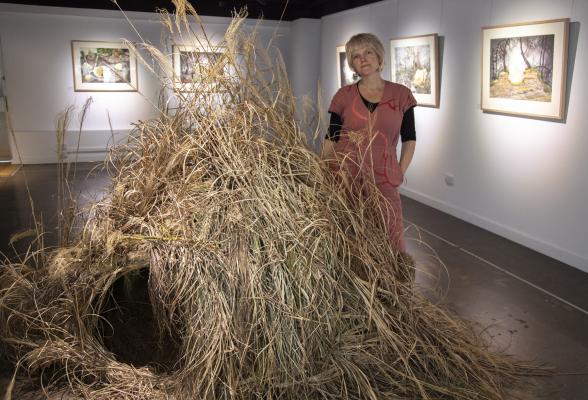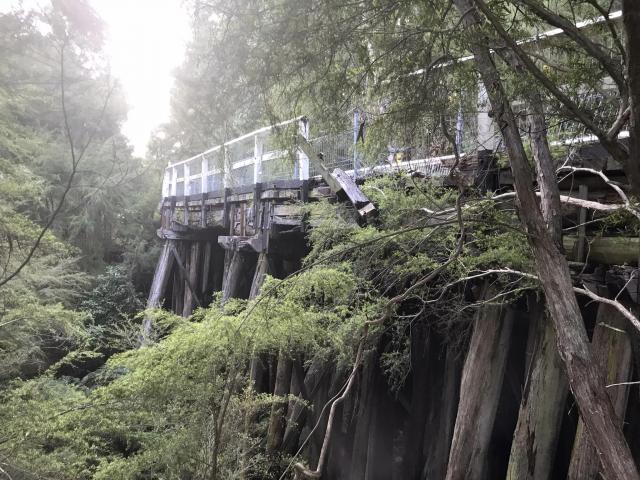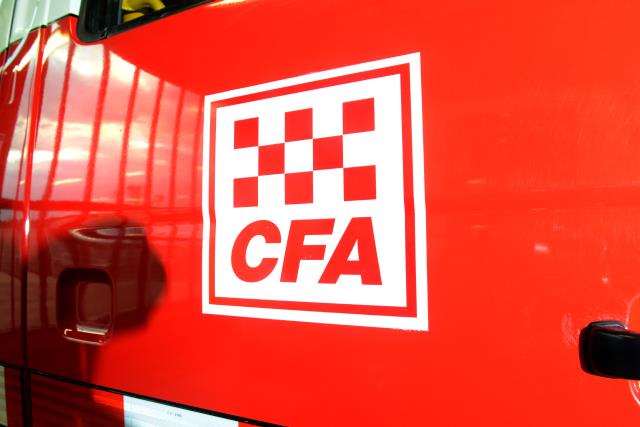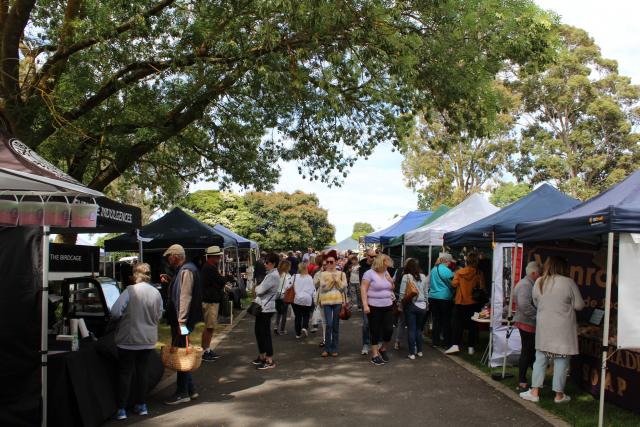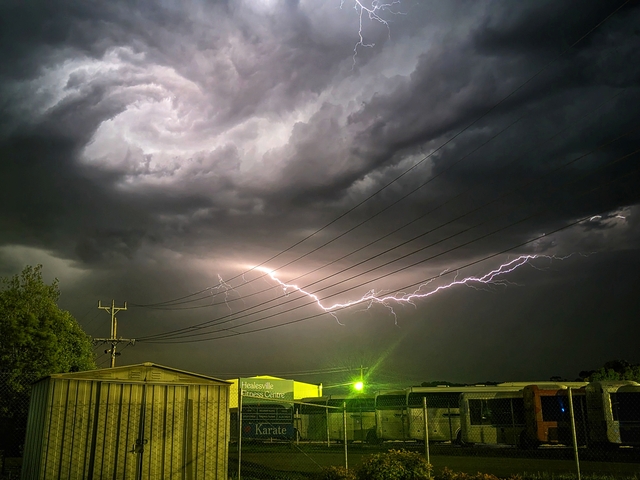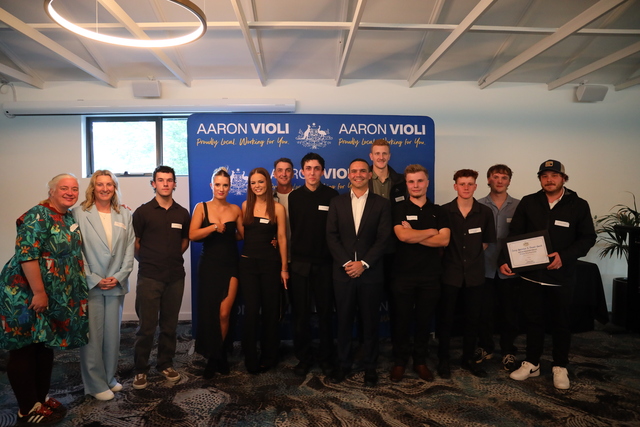Healesville artist Clare James launched a solo exhibition at the YAVA Gallery and Arts Hub.
Hideaway is an expression of love for the forest and a communication of Ms James’ state as she grapples with the reality of our climate emergency and the relentlessness of daily life.
YAVA gallery curator Dakini Maddock said, “This is Clare’s response to the problems she sees going on with the world and the environment. She’s very heartbroken by environmental degradation.”
Featured in the exhibition is Ms James’ ‘Weight of Despair’, a wall filled with ghastly objects from animal traps, sculptures of animals tangled in fishing wire and hooks or oil.
“It’s humanity’s impact on nature,” Ms Maddock said.
“There’s two sides to this exhibition, one is about despair and the sort of things that keep me awake at night and haunt me the more I read and listen to scientists and podcasts and radio,” Ms James said.
“The crises that we’re in globally and locally fills me with dread and horror.
“Opposite this Weight of Despair is Hope. I’ve used the fungi as this symbol of hope. After the fires went through my dad’s property after the Black Summer last year, fungi were sort of the first things to start emerging out of the ash.”
The wall of Hope features over 60 unique fungi sculptures, many of which are available for purchase.
At the centre of the gallery space is a life-size shelter created by Ms James using pruned materials from her backyard. She views the forest as her sanctuary and as a place that can keep her safe.
“I was thinking it would be my-sized cocoon, so I could lay perfectly in it and sit up perfectly in it,” Ms James said.
“Her connection to nature is what restores her soul and allows her to keep on going,” Ms Maddock explained.
Another feature of Hideaway is Ms James’ experimental watercolour painting, which represents coral bleaching occurring around the world.
Ms James let over 200 snails loose on her detailed painting of a coral reef, allowing them to slowly eat away at the work.
“I wanted the snails to start eating it away. And they eat it in tiny, tiny little layers at a time. They rasp off the surface and I wanted to photograph a timelapse of this reef being slowly eaten away.
“You can’t really see the damage occurring, but you know it is, and eventually you stand back and it’s like the bleaching and the temperature rising in coral reefs around the world.”
Beside the coral reef painting is a large tv screen highlighting 35,000 timelapse images over several days of the snails crossing Ms James’ artwork, causing its eventual decay.
“Slowly but surely they cause damage, the same as human beings in many regards to a coral reef,” Ms James said. “You might not be able to see individually what is happening, what that footprint might be of that organism or event, but as a whole it is being destroyed.”
“You start to see the snails in a whole different light,” Ms Maddock said. “It’s quite meditative to watch, actually.”
“You’ve got the slow creeping of the snails, when sped up is this very quick coral bleaching and the loss of habitat.”
Ms James described her exhibition as a “love letter to nature”.
“I hope there is a sense of acknowledgement of what is happening and where we’re in the world. I hope there is some self awareness that there needs to be some changes but I also hope there is a sense of great hope and respect of the natural world and a desire to go out and be in it.
Hideaway will be exhibiting until 29 August. For more information about the exhibition and when visitors can return to YAVA, visit: www.yava.org.au/hideaway

